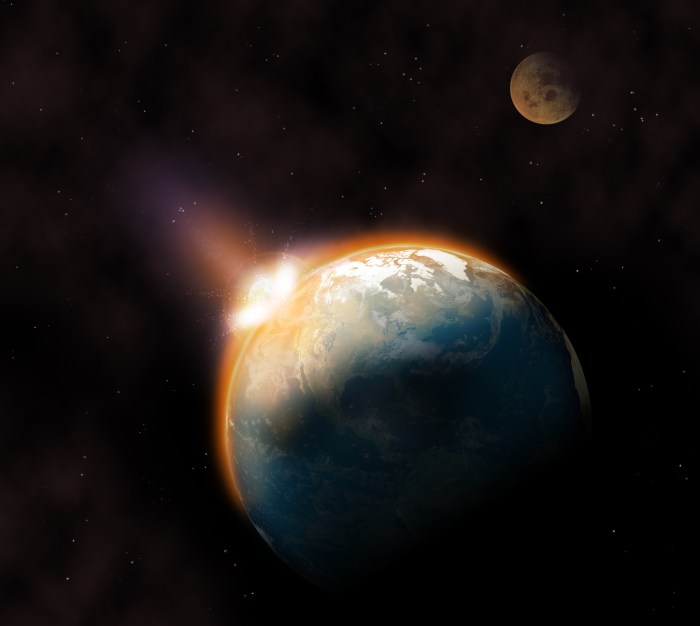_
There will be no need for Bruce Willis or his "Armageddon" co-stars if a life-threatening asteroid comes barreling toward Earth. In fact, protocols are actually in place in the event that the planet is in imminent danger.
Keep reading to learn how we would be notified of an effective end to civilization as we know it…
MORE: Follow Wonderwall on MSN for more fun celebrity & entertainment photo galleries and content
_
A man named Lindley Johnson leads NASA's Planetary Defense Coordination Office, which tracks near-Earth objects (NEOs) — an NEO is classified as any object that comes within 30 million miles of Earth.
"I don't have a red phone on my desk or anything," the asteroid expert told Business Insider. "But we do have formal procedures by which notification of a serious impact would be provided."
MORE: NASA unveils new supersonic X-59 aircraft: All the best pictures
_
If an asteroid were headed toward the United States, NASA would notify the White House, and the government would release a formal statement to the public, Business Insider says. If the threat were not just limited to the U.S., the International Asteroid Warning Network would notify the United Nations Office of Outer Space Affairs.
MORE: SpaceX Falcon 9 rocket launches carrying the Nova-C moon lander: See all the best pictures
_
It's widely believed that a six-mile-wide asteroid struck Earth 66 million years ago, killing off the dinosaurs.
If an asteroid that size hit Earth today, Business Insider says, a shock wave "two million times more powerful than a hydrogen bomb would flatten forests and trigger tsunamis."
"A seismic pulse equal to a magnitude 10 earthquake would crumble cities. And long after the impact, a cloud of hot dust, ash, and steam would blot out the sun, plunging the Earth into freezing cold," Business Insider reports.
MORE: SpaceX Falcon 9 rocket carrying new NASA mission launches: All the best pictures
_
An asteroid is considered "potentially hazardous" if it is larger than roughly 460 feet across and intersects Earth's orbit about half the distance between Earth and the sun.
Since NASA started tracking NEOs more than three decades ago, more than 34,000 near-Earth asteroids have been detected, according to the Planetary Defense Coordination Office. NASA can predict asteroid orbits at least a century into the future.
"We definitely want to find all those before they find us," said Lindley Johnson, Lead Program Executive for the Planetary Defense Coordination Office.
_
If a deadly asteroid were somehow headed toward Earth, NASA would flex its muscle.
In 2022, NASA tested its Double Asteroid Redirection Test (DART) spacecraft, which rammed into an asteroid to see if it could push it off its course. The test worked, and NASA plans to test further techniques.
Still, if NASA only had a few months of warning, it's likely that nothing could be done.
So long, civilization!







